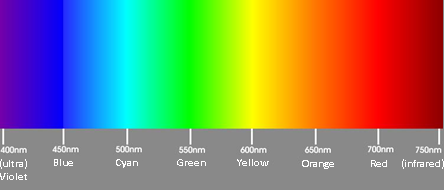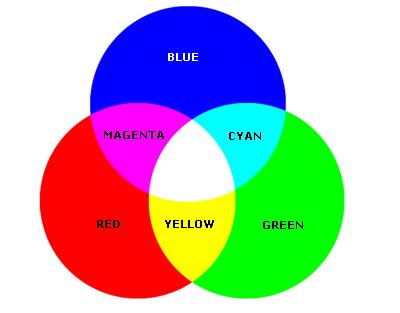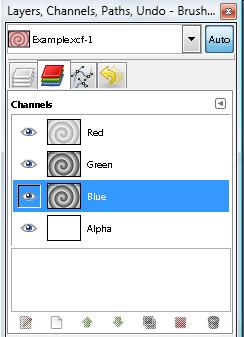Colour Theory
Let's see some theory in this lesson.
The entire visible spectrum the human eye can perceive has a specific range that goes from blue to red. Beyond that range, we have, for example, ultraviolet and infrared, which can only be captured by optic and electronic devices.

Recording, printing or visualizing processes will always be related to some sort of combination within that visible spectrum. As a result, we will find the acronym RGB or CYMK in programs similar to Gimp or in other image processors. In order to produce the millions of colours found in photographs, these programs use a combination of one, two, or three colours known as primary colours (Red, Green, Blue). There are also some combinations used almost exclusively for printing. These combined the complementary colours: Cyan (complementary to red), Magenta (complementary to green), and Yellow (complementary to blue).

If we go to the Channels tab, we can see how each one is represented and the result of their combination by enabling or disabling each one by clicking on the eye symbol. Above all, we need to consider that the combination of all 3 of them gives us white, and their absence gives us black. If we enable only one channel, we will see that the portions corresponding to that colour will always be light. You will also notice that if we combine 2 of them, we will get their complementary colour.

We won't learn how to use the channels in this course but we need to know a little about the principle of colour combinations.

